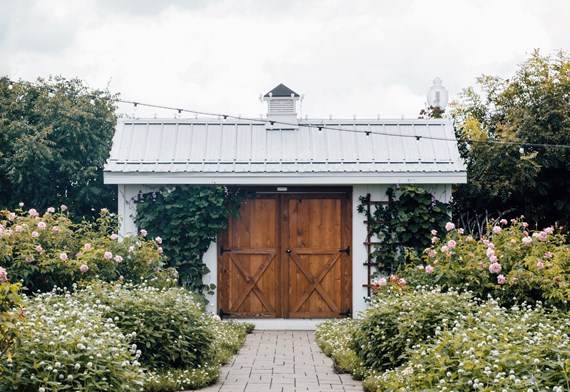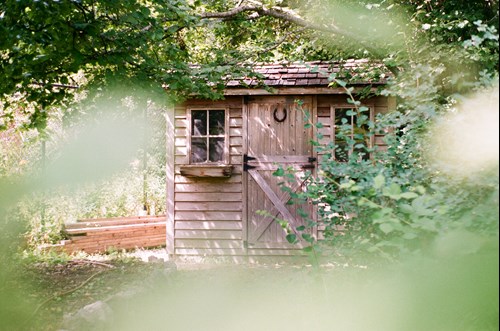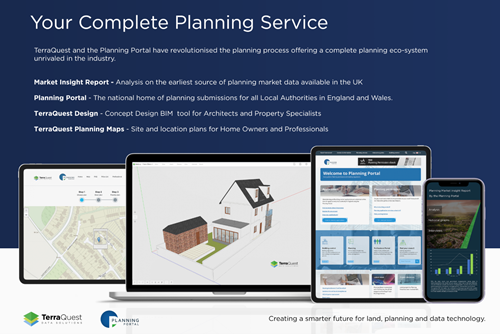
TerraQuest News
- Jul 2021
Do I need Planning Permission for a shed?
Planning permission is not always required for sheds, but sometimes it may be needed. It is very important to check that your shed does not need planning permission to avoid breaking laws. This article aims to guide you on what you need to know. You can also check out the Planning Portal’s guides on planning permission for further information.
You are responsible for making sure anything you put up meets relevant planning rules and building regulations. If you don’t abide by the rules you could risk being forced to remove your shed or outbuilding. You should always discuss your intentions with the relevant local planning authority and building control services before starting work. Find your local planning department here.
Outbuildings have been covered by permitted development rights since 2008, meaning that you are granted automatic planning permission if you abide by certain rules. Rules governing outbuildings apply to sheds, playhouses, greenhouses and garages as well as other ancillary garden buildings such as swimming pools, ponds, sauna cabins, kennels, enclosures (including tennis courts) and many other kinds of structure for a purpose incidental to the enjoyment of the dwelling house.
The Rules:
- No outbuilding on land forward of a wall forming the principal elevation.
- Outbuildings and garages to be single storey with maximum eaves height of 2.5 metres and maximum overall height of four metres with a dual pitched roof or three metres for any other roof.
- Maximum height of 2.5 metres in the case of a building, enclosure or container within two metres of a boundary of the curtilage of the dwellinghouse.
- No verandas, balconies or raised platforms (a platform must not exceed 0.3 metres in height)
- No more than half the area of land around the "original house"* would be covered by additions or other buildings.
- In National Parks, the Broads, Areas of Outstanding Natural Beauty and World Heritage Sites the maximum area to be covered by buildings, enclosures, containers and pools more than 20 metres from the house to be limited to 10 square metres.
- On designated land* buildings, enclosures, containers and pools at the side of properties will require planning permission.
- Within the curtilage of listed buildings any outbuilding will require planning permission.
The term "original house" means the house as it was first built or as it stood on 1 July 1948 (if it was built before that date). Although you may not have built an extension to the house, a previous owner may have done so.
Designated land includes national parks and the Broads, Areas of Outstanding Natural Beauty, conservation areas and World Heritage Sites.
Please note: The permitted development allowances described here apply to houses and not to:
- Flats and maisonettes (view our guidance on flats and maisonettes)
- Converted houses or houses created through the ‘permitted development’ rights for:
- ‘Changes of use’ (Schedule 2, Part 3, Classes M; N; P; PA and Q) (as detailed in our change of use section).
- ‘New Dwellinghouses’ (Schedule 2, Part 20)
- Other buildings
- Areas where there may be a planning condition, Article 4 Direction or other restriction that limits permitted development rights.
View 'Permitted development for householders – Technical guidance' on Gov.uk

PAVS helps local planning authorities to successfully handle their increased workload, clear application backlogs and meet service level commitments by validating all types of electronic and paper planning applications.
“We treat the service as an extension to our own validation team and it provides us with greater resilience especially during busy periods. The staff are very approachable, and we have been pleased with the service that has been provided to date.” - Nicola Spencer, Arun District Council



